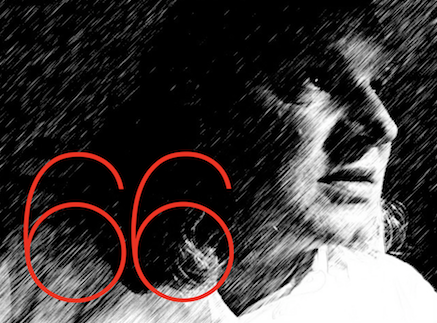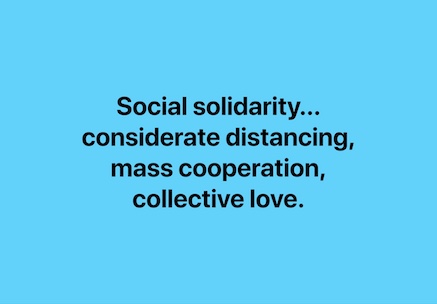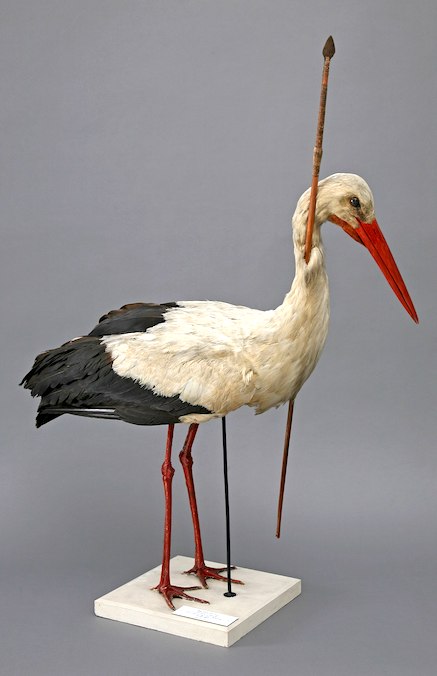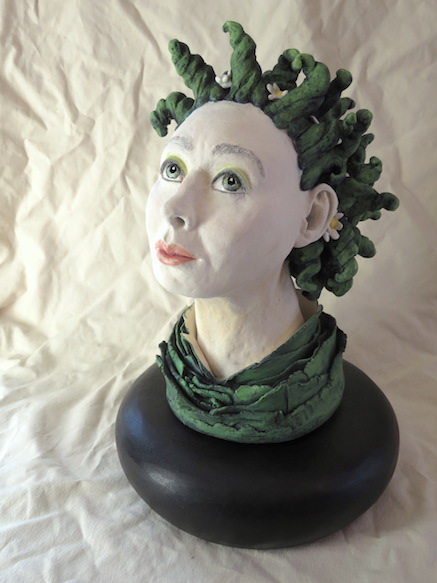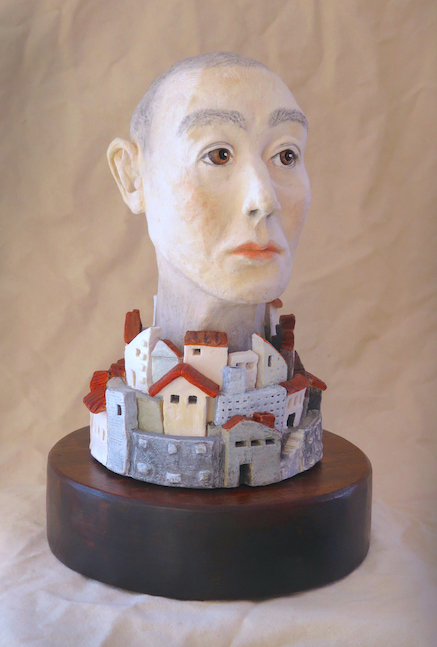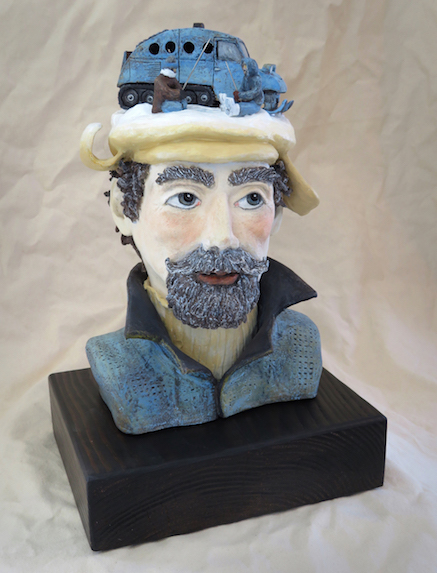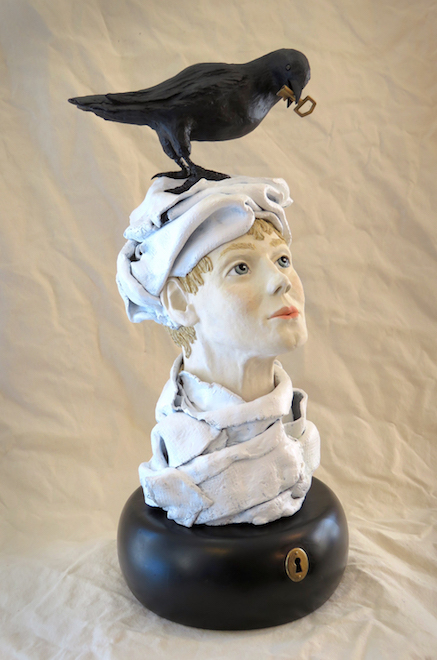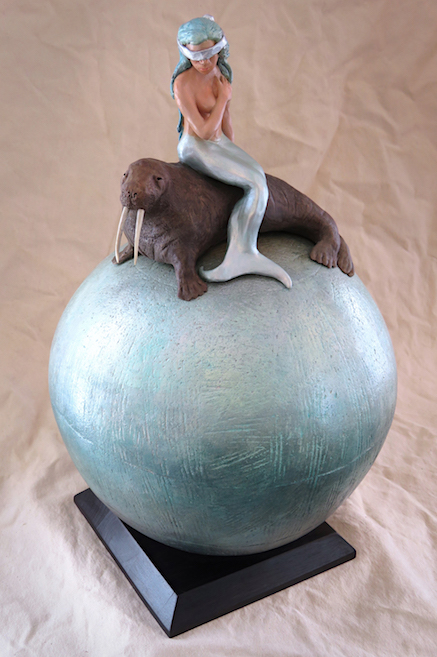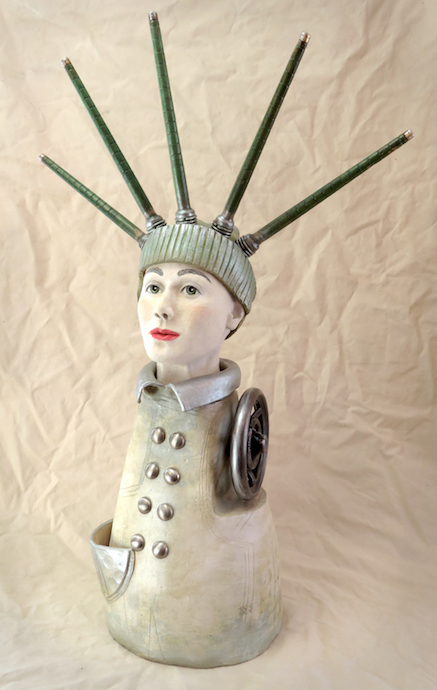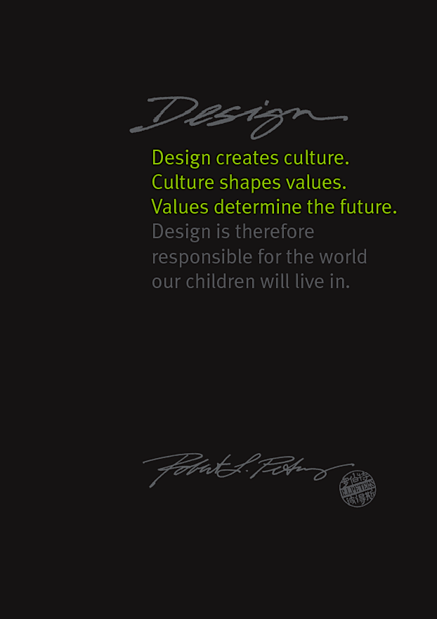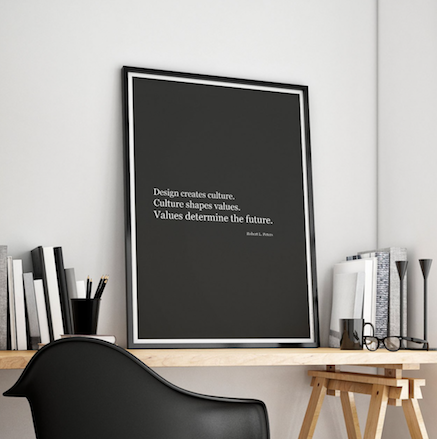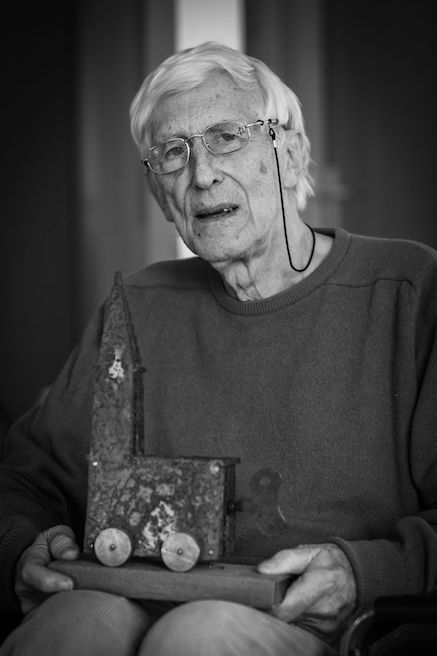
Cork, Ireland
Tomi died peacefully in his sleep with a book beside him. He recently began working on a new collection of short stories and he has two major exhibitions opening in Paris this Spring. Tomi’s imagination never slept. Read more…
A polymath and a provocateur, Tomi Ungerer is perhaps best described by his motto: ‘Expect the Unexpected’.
His life and work defied easy categorization. Although best known as an author and illustrator of children’s books, Tomi Ungerer’s oeuvre encompassed diverse practices including illustration, advertising, writing, collage, sculpture and architectural design. From the beginning of his career in the 1950s to the present day, Ungerer’s work challenged social norms and conventions with breath-taking originality.
Born in Strasbourg in 1931, Ungerer worked in New York, Canada and Ireland as well as his place of birth. He has published over 140 books which have been translated into 28 different languages, ranging from his acclaimed children’s stories to autobiographical accounts to controversial volumes of social satire and adult themes.
Ungerer’s illustrative style is celebrated for its minimal dexterity, darkly comic wit and dazzling inventiveness. Renowned for his iconic advertising campaigns and his contentious political posters that railed against the Vietnam War and racial injustice in the 1960s, Ungerer’s frequently subversive work provides invaluable commentary on the divisive socio-political events of the second half of the twentieth century. Ungerer’s work continues to be politically-charged and he has been involved in numerous humanitarian campaigns for nuclear disarmament, Amnesty International, Reporters without Borders and more recently, European integration.
(from Tomi Ungerer’s official website) Learn more here…
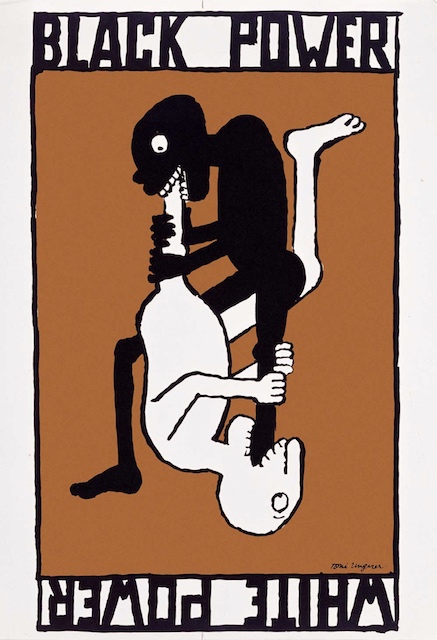
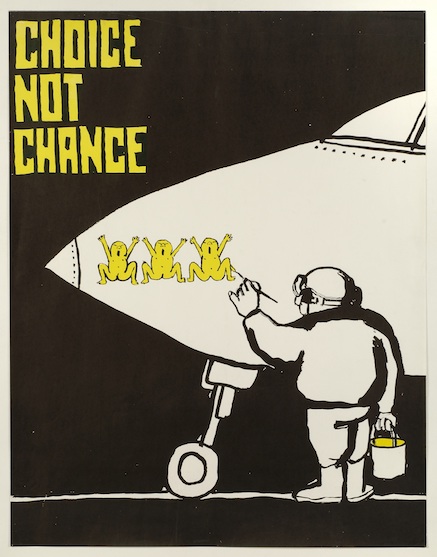
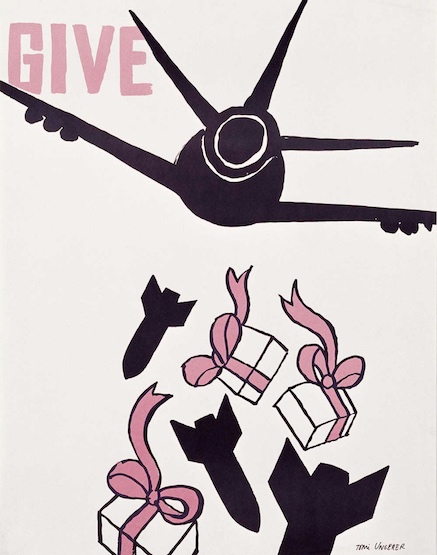
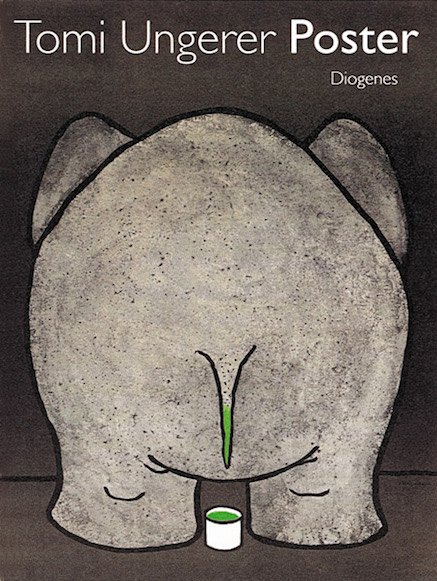
“Posters for me are the most challenging and gratifying exercise. A poster has to act by impact, to catch the eye of a passerby within a few seconds. I would say the poster is more of an art form than most other kinds of advertising.
In the 1960’s I started to make political posters. Two subjects sparked my revulsion and my anger: racial segregation and the War on Vietnam. Later I did posters for other causes such as Amnesty International, liberty of the press, animal rights, ecology, nuclear disarmament and so on.” —Tomi



